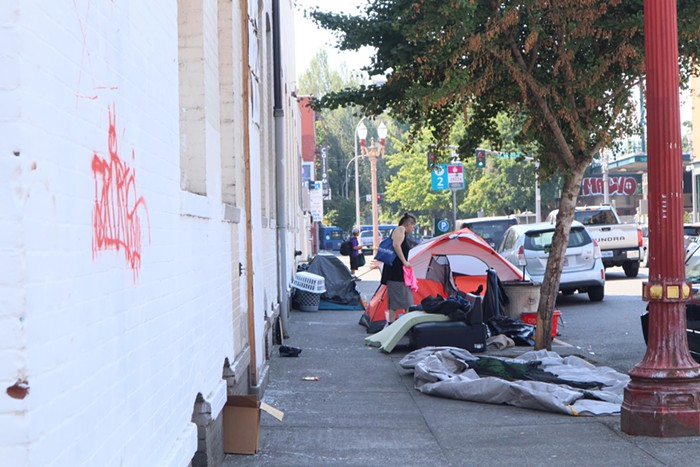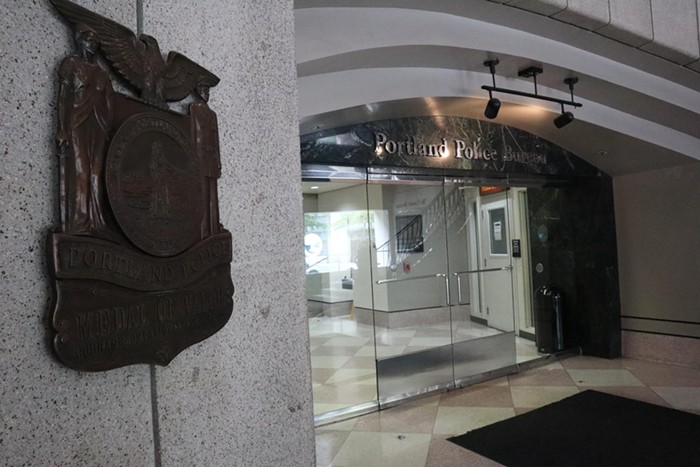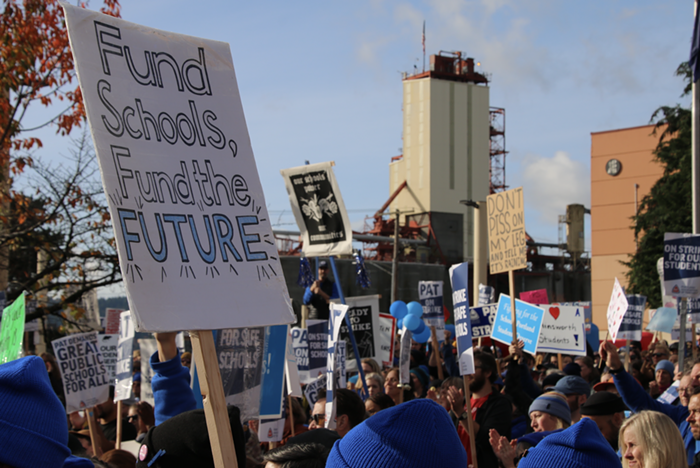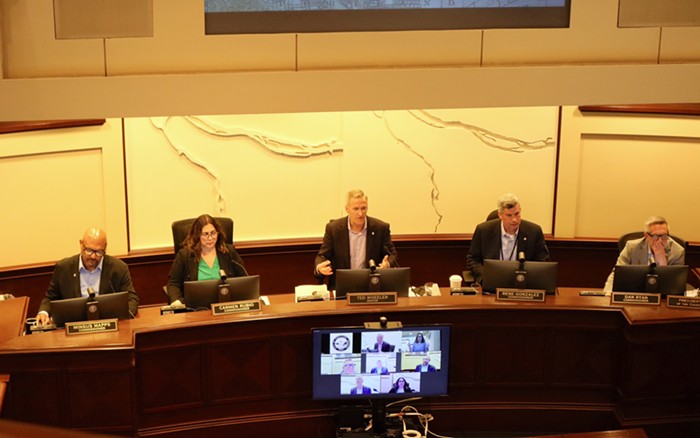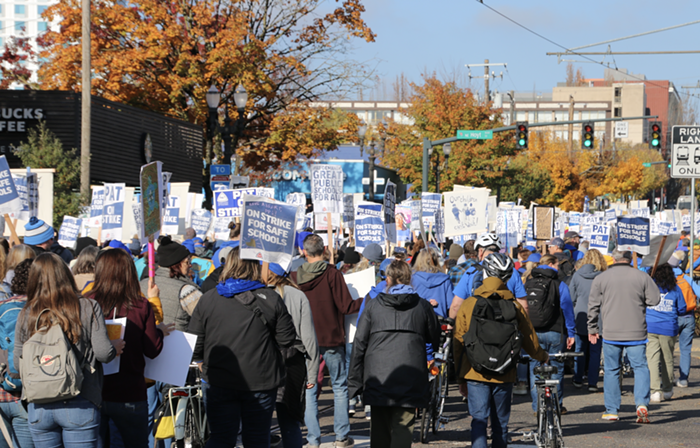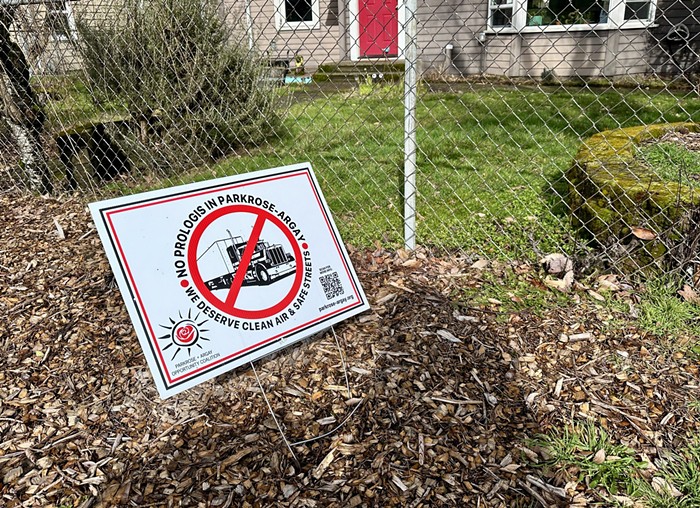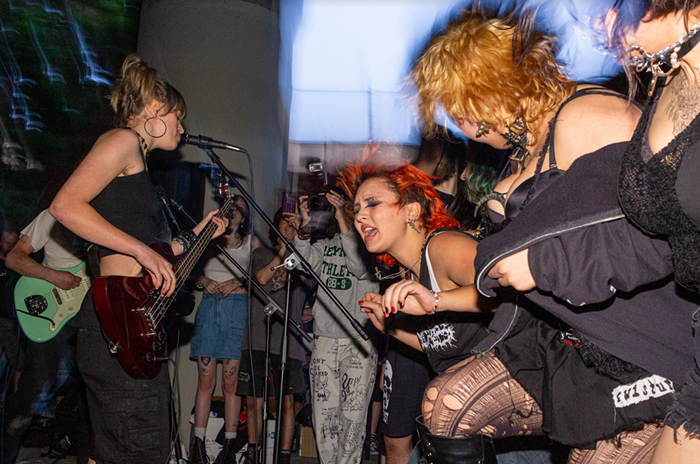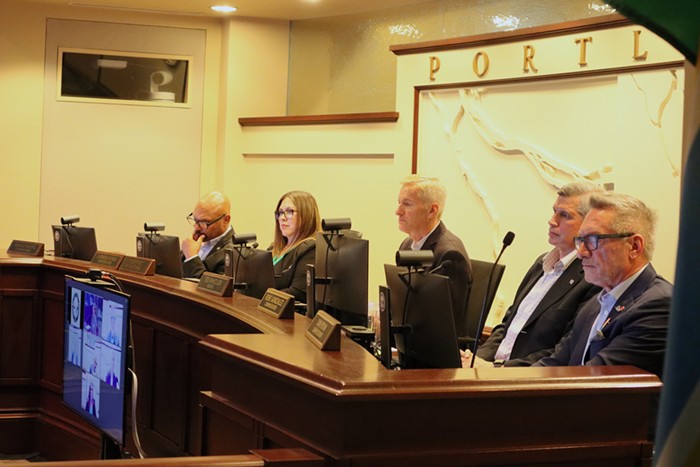FOR 30 YEARS, Oregon's prison population has spiraled upward. Now, says Governor John Kitzhaber, is the end of that era.
In his budget released last Friday, November 30, Kitzhaber laid out a way to save hundreds of millions of dollars over the next 10 years: Flatline the prison population.
Oregon's prison population has recently grown at a rate of 150 people a year. That might not sound like a lot, but caring for the average inmate costs the state $85 a day. Keeping the prison population steady will save $17.8 million next year, according to Kitzhaber's budget—with those savings increasing over time as more people are kept out of prison.
The governor's gamble is this: Spend more money upfront on treatment, supervision, drug testing, and keeping kids out of foster care, thereby spending less money in the long-term on maintaining inmates and building prisons. The budget also names reducing the overrepresentation of people of color in prison—non-whites make up 11.4 percent of Oregon's population, but 27 percent of our inmates.
"The vision of flatlining the prison population is really bold and needed," says David Rogers, executive director of Oregon's Partnership for Safety and Justice.
It's not just advocates who favor the plan: "We feel very confident that we can be smarter about the way we spend our public safety money," says Oregon Department of Corrections spokeswoman Liz Craig.
If the prison population does flatline, Oregon can nix plans to build two expensive new prisons.
The rise in prison population is driven by a couple factors. Much of it comes from Oregon's growing population. But 27 percent of projected prison population growth comes from 2008's Measure 57, which imposes mandatory minimum sentences for drug and property crimes. The number of people requiring mental health services in Oregon prisons has also grown six percent since 2006.
With the state strapped for cash, it will be tempting for legislators—who will have the final say on the specifics of the governor's budget—to just bluntly cut the prison budget.
But although the governor's budget forecasts deep long-term cuts, including some inmate-cost savings this year, it would actually increase the state's overall public safety budget in the short term.
Kitzhaber wants a 10.7 percent increase, investing $32 million in community corrections, $8.9 million in drug courts (which sentence people to treatment and supervision), and $23.6 million to intervene with families whose kids might otherwise be placed in foster care.
The specifics of these prison policies will come from the Oregon Commission on Public Safety, which is slated to issue budget recommendations next month. The recommendations could include some radical, practical ideas for keeping the prison population steady—like giving counties some kind of financial incentive to push for shorter sentences in local prosecutions ["Condemned to Death," News, Nov 21].
Prison reform has long been an untouchable political issue in Oregon, but the November election results show that voters may be ready for change. Voters in California reformed their controversial "three strikes" felony law, while Washington and Colorado's legalization of marijuana made a clear statement about the "war on drugs." It's up to the Oregon legislature either to fight or support Kitzhaber's push to flatline the prison population—but looks like the political climate could be right for reform.

